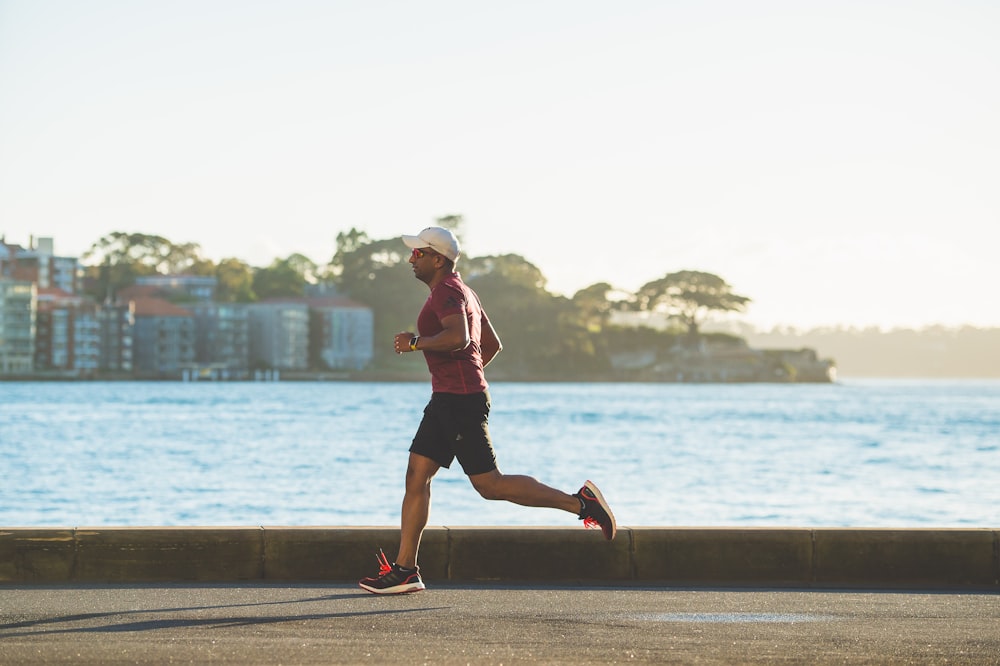Physical Activity and Exercise
Physical activity and exercise play a vital role in our overall health and wellbeing. Regular physical activity has been linked to a range of benefits, from reducing the risk of chronic diseases to improving mental health and cognitive function.

Image credits: Chander R (unsplash)
In this blog post, we'll explore the benefits of physical activity and exercise, the different types of exercise, and tips for incorporating exercise into your daily routine.
Benefits of Physical Activity and Exercise
Physical activity and exercise offer a range of benefits for our overall health and wellbeing. Here are some of the most notable benefits:
- Reduces the risk of chronic diseases: Regular physical activity has been linked to a reduced risk of chronic diseases such as heart disease, diabetes, and cancer. Exercise helps to improve cardiovascular health, regulate blood sugar levels, and reduce inflammation in the body.
- Improves mental health: Exercise has been shown to reduce symptoms of depression, anxiety, and stress. Exercise releases endorphins, which are natural mood-boosters, and also helps to reduce the levels of stress hormones in the body.
- Improves cognitive function: Exercise has been linked to improved cognitive function, including better memory, concentration, and creativity. Exercise increases blood flow and oxygen to the brain, which can improve brain function.
- Helps with weight management: Regular physical activity can help to manage weight by burning calories and increasing metabolism. Exercise also helps to build muscle mass, which can increase metabolism and burn more calories even at rest.
- Improves sleep quality: Exercise has been linked to improved sleep quality, which can have a range of benefits for overall health and wellbeing.
Types of Exercise
There are many different types of exercise, each with its own unique benefits. Here are some of the most common types of exercise:
- Aerobic exercise: Aerobic exercise, also known as cardio, is any exercise that increases your heart rate and breathing rate. This type of exercise includes activities such as running, cycling, swimming, and dancing. Aerobic exercise is great for improving cardiovascular health, burning calories, and improving endurance.
- Strength training: Strength training, also known as resistance training, is any exercise that involves using weights or resistance bands to build muscle strength and endurance. This type of exercise includes activities such as weightlifting, push-ups, and squats. Strength training is great for building muscle mass, improving metabolism, and preventing age-related muscle loss.
- Flexibility training: Flexibility training, also known as stretching, is any exercise that helps to improve range of motion and flexibility. This type of exercise includes activities such as yoga, Pilates, and stretching. Flexibility training is great for improving mobility, reducing the risk of injury, and improving posture.
- Balance training: Balance training is any exercise that helps to improve balance and stability. This type of exercise includes activities such as standing on one leg, yoga, and Tai Chi. Balance training is great for reducing the risk of falls and improving overall coordination.
Tips for Incorporating Exercise into Your Daily Routine
Incorporating exercise into your daily routine can be challenging, but it's essential for reaping the benefits of physical activity. Here are some tips for incorporating exercise into your daily routine:
- Start small: If you're new to exercise, start with small, achievable goals. For example, aim to walk for 10 minutes a day or do a few bodyweight exercises at home. Gradually increase the duration and intensity of your exercise as you build your fitness level.
- Find an activity you enjoy: Exercise doesn't have to be boring or monotonous. Find an activity you enjoy, whether it's dancing, hiking, or playing a sport. You're more likely to stick with exercise if you enjoy it.
- Make it a habit: Schedule exercise into your daily routine, just like you would with any other important task. Make it a habit by setting a specific time and day for exercise and sticking to it.
- Get a workout buddy: Working out with a friend or family member can make exercise more enjoyable and help you stay accountable. You can motivate each other to stay on track and make exercise a social activity.
- Mix it up: Variety is key when it comes to exercise. Mix up your routine by trying different types of exercise or changing your workout location. This can help prevent boredom and keep you motivated.
- Make it convenient: Make exercise as convenient as possible by finding ways to incorporate physical activity into your daily routine. For example, take the stairs instead of the elevator, or walk or bike to work if possible.
- Set realistic goals: Set realistic and achievable goals for yourself, whether it's running a 5k or doing 10 push-ups in a row. Celebrate your accomplishments along the way, and don't be too hard on yourself if you experience setbacks.
Conclusion
In conclusion, physical activity and exercise are essential for our overall health and wellbeing. Regular exercise offers a range of benefits, from reducing the risk of chronic diseases to improving mental health and cognitive function. There are many different types of exercise, each with its own unique benefits, and incorporating exercise into your daily routine can be challenging but rewarding. By starting small, finding an activity you enjoy, making it a habit, and setting realistic goals, you can reap the benefits of physical activity and improve your overall health and wellbeing. So, get moving and start reaping the benefits of exercise today!
Comments
Post a Comment